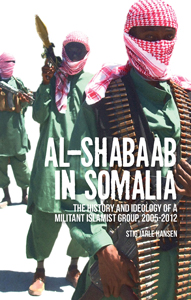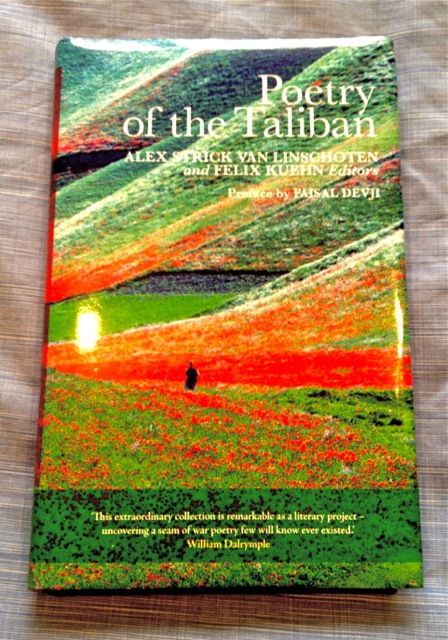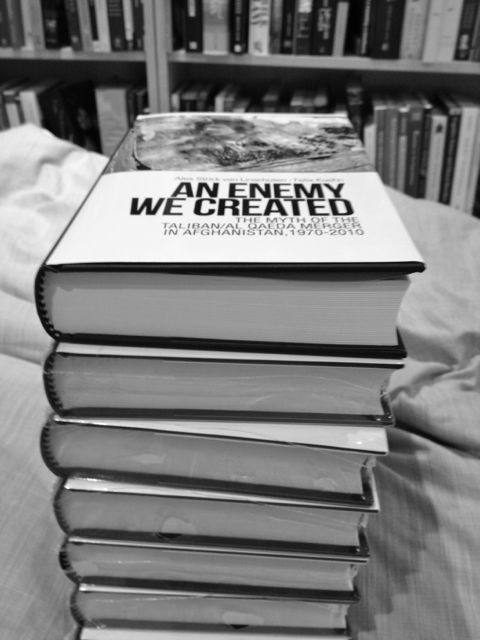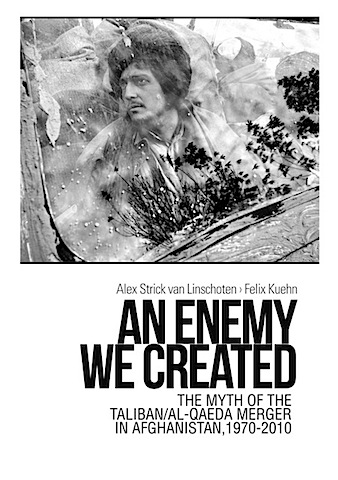This year was a big one. 79 books in total, and still a few days to go. I only have one Afghanistan-related pick this year, and that's Vanessa M. Gezari's The Tender Soldier. Gezari's tale of incompetence, misunderstanding and tragedy packs a punch. Some of the middle sections of the book -- profiling those involved higher up in the Human Terrain Teams' management -- could probably have been ditched. Speed through them, though, and you have a story whose complexity and strangeness has the eerie ring of reality. Definetely the best book I've read on Afghanistan in recent years.
The rest of my favourites are a bit all over the place:
Donna Tartt's The Goldfinch needs no selling by me, but it's a real return to true form. As always with Tartt, be careful when you start as it is incredibly gripping and you'll be neglecting work, friends and family in order to keep reading. Also, be careful: this one's a bit of an emotional kick-in-the-guts.
Jon Moallem wrote Wild Ones: A Sometimes Dismaying, Weirdly Reassuring Story About Looking at People Looking at Animals in America as a way of reconnecting with the natural world while his daughter grew up, and it was one of the most unexpectedly enjoyable books I read this year. Stories about conservation, humans and how we interact with all the other species on the planet. The book is broadly structured in three parts, covering polar bears, butterflies (Lange's Metalmark) and the whooping crane. Mooallem looks at the ways in which people are involved in efforts to save these three species, often ending up telling us more about humans than the animals that are nominally his subject. He tells a hopeful tale, for the most part, and although his slightly saccharine ending wasn't really to my taste, it probably is correctly pitched for an American audience. We don't understand the effects of our actions in the world, or when we think we do, we don't anticipate second and third-order consequences. It's not a new idea, but it was memorably told in this well-written book.
Lion Kimbro's How to Make a Complete Map of Every Thought You Think (available for free here) isn't new, and it definitely wins the strangest-book-of-2013 prize. Kimbro decides he wants to map out his thoughts 24-7 for a few months and the book is a description of the process he used to map it all out. It's written in a stream-of-consciousness style, and there's an awful lot about pens and paper and binders and organisational systems and information hygiene (for want of a better term). There's a lot worth taking away from the experiment, though, and if you can make it through the book you'll have learnt a few tricks on the way.
I LOVED Matt Potter's Outlaws Inc., the first book I've read where a piece of technology (in this case the IL-76 cargo plane) is a lead character, but WHAT a story. Potter takes you through the world of air cargo transport and the post-Soviet airmen who fly the planes. It's perhaps a bit long, but that's probably me being unfair. I was up all night reading this book. Definitely recommend it for shining a light on something I hadn't really thought about but that is very much a part of trade and international aid.
Guy Deutscher's The Unfolding of Language wasn't an easy read, but it's the smartest (and easy-to-understand) book on linguistics I've read. It offers an overview of how languages work, and how they change over time (fragmenting and joining together in a myriad of strange ways). I'm looking forward to reading Deutscher's other book in 2014.
I've been a big fan of Marie (aka puredoxyk) for about a year now. I did a 2-month experiment switching to a polyphasic sleep cycle earlier this year -- that's 2-4 hours of sleep only per day, depending on various things -- and I couldn't have done it without her book Ubersleep: Nap-Based Sleep Schedules and the Polyphasic Lifestyle. (She's also very nice/helpful online). This book offers clear, useful advice on shifting to a polyphasic sleep cycle. If you're interested in sleep modification (and being able to sleep only 2 or 4 hours per day without medium-long-term issues), give this book a read. If nothing else, it'll expand your sense of what is possible, and that's always a good thing.
Finally, two health-related books. The past couple of years have been filled with various health issues (some mine, and some of others close to me) and I read more about health, fitness and diet than usual. Anti-Cancer by David Servan-Schreiber was one of the more helpful books on cancer that I read. It could probably use a bit of updating, but it is clear, offers evidence with references to follow up with further reading, along with useful lists of the basic ingredients of the so-called 'anti-cancer' diet. Was also glad to see that emphasis is placed on the mind-body connection. Could easily have been left out with all the focus on diet and nutrition. Full Catastrophe Living: Using the Wisdom of Your Body and Mind to Face Stress, Pain, and Illness by Jon Kabat-Zinn has a bit of a hippy title, but it's full of really important and powerful techniques. I'd strongly recommend it to anyone with ongoing chronic pain/illness issues.
Those were the best. Drop your book recommendations for 2014 in the comments below. I'm going to try for 100...


 I read
I read  The second book that came out this year -- I co-edited it together with
The second book that came out this year -- I co-edited it together with  It's been a while now that An Enemy We Created has been out now. You can get it from all decent bookshops, as well as on kindle (finally), both in the UK and in the USA.
It's been a while now that An Enemy We Created has been out now. You can get it from all decent bookshops, as well as on kindle (finally), both in the UK and in the USA.

